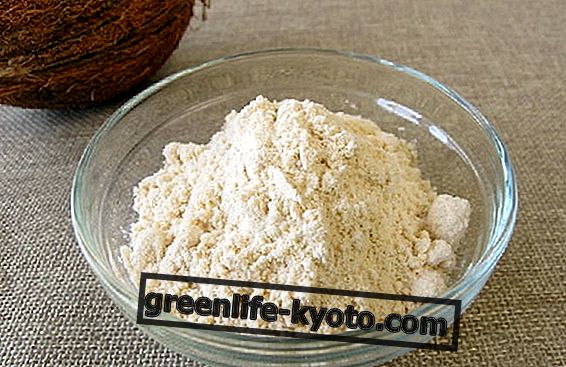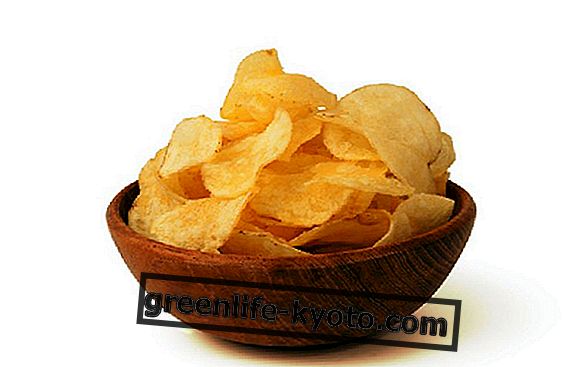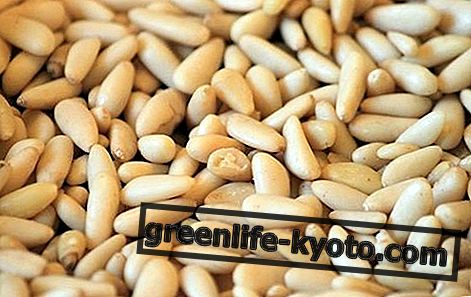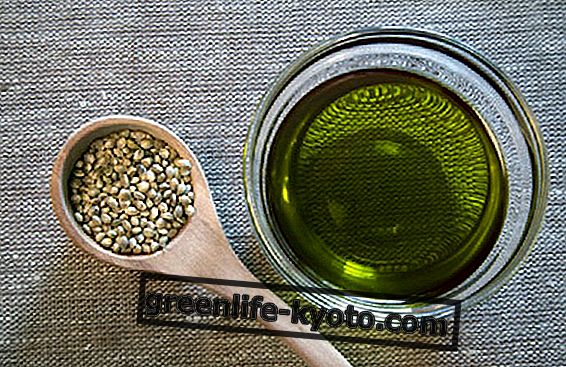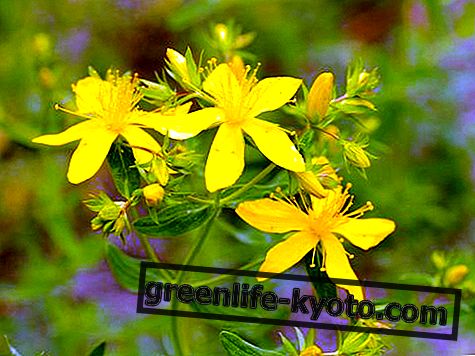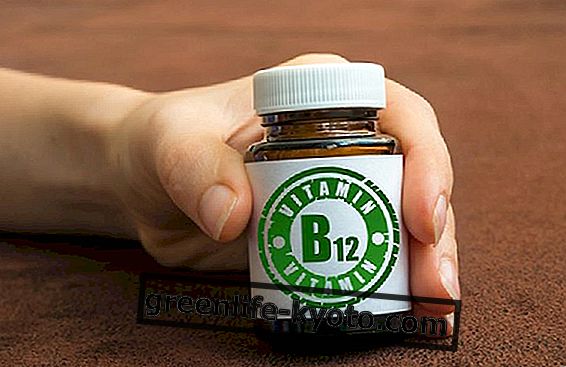
Essential oils, vegetable oils and hydrolates can help us fight skin fungi: let's find out which ingredients to choose to prepare natural cosmetics against skin fungi .
Which ingredients to choose
In nature there are numerous substances that boast antifungal activity and that we can find in different natural ingredients useful for preparing cosmetics and do-it-yourself remedies to be used in case of skin fungi .
In the list of useful ingredients to fight skin fungi we undoubtedly find the Tea tree, in the form of essential oil and hydrolate.
Other plants with mycotic action are then lavender, geranium palmarosa, oregano, thyme, marjoram and bay leaf and also in this case we can benefit from the antifungal properties using the essences or hydrolates extracted from these plants.
Among the vegetable oils that help fight skin fungi, we mention Neem oil and Tamanu oil : we can use these oils to convey the essential oils we have just seen, or we can include a percentage in the fat phase of our creams do-it-yourself.
How to use natural ingredients for creams with mushrooms
As we have seen, among the natural ingredients used to fight skin fungi, we find essential oils: essences should never be used pure but always diluted in vegetable oils or in other lipids, dispersed in a substance that acts as a vector or inserted in small doses in DIY cosmetic formulations.
So if we want to exploit the benefits of essential oils to treat skin fungi, we will dilute them in a vegetable oil or in a mixture of vegetable oils and fats, adding no more than a drop of essence for every milliliter of oil. Alternatively, we can add 5-7 drops of essential oil in our do-it-yourself preparations, which can be detergents, ointments or emulsion creams.
If we want to prepare an oil to be used to fight skin fungi and decide to use Neem oil, it is preferable to dilute it in another vegetable oil: although it is a vegetable oil that penetrates quickly into the skin, Neem oil presents a strong smell that is unpleasant to many people, so the advice is to dilute it in another vegetable oil.
If instead we prefer to use Tamanu oil, since it is a fatty oil that tends to grease the skin, we will dilute it in a more penetrating vegetable oil, like that of Macadamia . We can clearly add essential oils to vegetable oils, as we have seen.
The hydrolates on the other hand can be used pure or diluted in distilled water and used as detergents or tonics, applying a wad of cotton wool soaked in perfumed water.
Antifungal essential oils: what they are and how to use them
How to make the do-it-yourself oil match the mushrooms
If you suffer from skin mycoses or that affect the nails of hands and feet, you can prepare this recipe, simple and effective. We specify that it is not a massage oil but an oil to be applied locally on the areas affected by the mycosis.
Given the high concentration of essential oils, it is preferable to carry out a sensitivity test by applying a small amount of product on one area of the skin and wait 24 hours to check that there have been no reactions to the allergens contained in the essences.
Ingredients
- 15 milliliters of Macadamia oil
- 10 milliliters of Tamanu oil
- 2 milliliters of essential oil of Palmarosa
- 1 milliliter of tea tree essential oil
- 0.5 milliliters of laurel essential oil
- 0.5 ml of essential oil of geranium
Method
Get yourself a 30 milliliter dark glass bottle, clean and dry. Transfer the Macadamia and Tamanu vegetable oils into the bottle and stir to mix. With a graduated syringe, take the right amounts of essential oils and add them to the vegetable oil mixture. Shake again and let stand for 24 hours.
Three or four times a day, apply with a light massage a small amount of product to areas of the skin affected by mycosis.
Obviously the cutaneous mycoses are not simple imperfections therefore it is advisable to contact your doctor or dermatologist if the mycosis did not improve or was very extensive.

